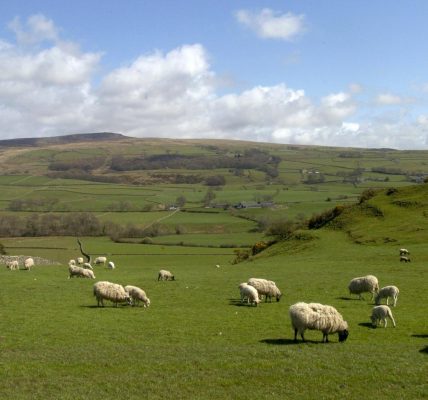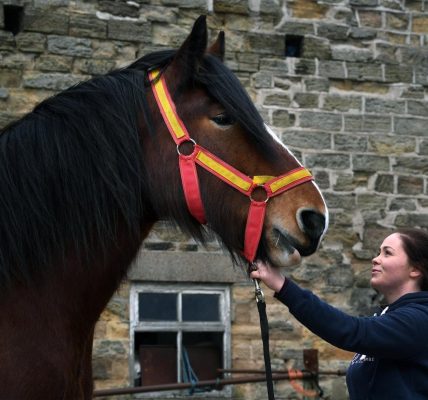The US Vet Julian Norton examines a centenarian patient who finds the May weather confusing
The US Vet Julian Norton examines a centenarian patient who finds the May weather confusing
This week I examined the oldest patient ever to have entered my consulting room.
He was a tortoise and that was also his name, ‘Tortoise’. Wendy, his initially reluctant owner, had inherited him many years before, when a neighbour had died.
She was the next chelonian custodian. Tortoise’s future was also guaranteed, because he was written into Wendy’s will, covering the eventuality that he might also outlive his second owner.
He had recently emerged from hibernation – the bangs and scratching from the box in the attic had alerted Wendy to his awakening. But the alternating cold and warm weather had confused the cold-blooded creature.
Instead of warming under the sun’s rays on a warm May morning, Tortoise was sluggish and his appetite poor, which was why he’d come to see me. I lifted him from the wicker punnet-style basket in which he’d arrived. He was big and heavy. I started to ask the questions that would help me decide upon a course of action.
It turned out he was almost certainly over one hundred years old. It also turned out he was a character. Over the decades, he had regularly escaped, only to re-appear in all corners of the village where he lived. He was a local celebrity, known to everyone of all generations.
I once knew a tortoise which was so fast and adept at escaping and then hiding, that his owner glued, using araldite, a long flagpole to the top of his shell. That way he was easily identifiable even in the depths of the herbaceous border.
I conducted my examination feeling a great weight of responsibility. This happens to vets when they examine a child’s favourite pet, a farmer’s prize tup or bull or an elderly pony which has taught a long line of youngsters to ride.
Of course, we have a natural urgency to cure all patients, but in some cases, there feels an extra pressure from the responsibility of caring for such an elderly animal. The first thing I always do with a tortoise, once I’ve lifted him from the table and eyed him up and down, is measure the carapace, or shell, with a ruler. Then I put him on the scales and calculate something called the Jackson ration.
This gives a good indication whether the weight is good, or too low. In other animals, vets can lay their hands on and try to feel ribs or bones of the back to assess the body condition. Hidden under an impenetrable shell, this is never possible in a tortoise.
The rest of the examination is more difficult, focusing mainly on the bits that stick out from under the shell – the head and legs.
Today, the eyes were bright, the limbs moved vigorously and freely and the mouth was healthy. I reached for my standard tortoise multivitamin injection and hoped it would do its thing.
If this didn’t work, the next stage for an anorexic tortoise is intensive care, involving regular bathing in warm water, stomach-tubing with special recovery diet, blood tests and even X-rays. I suspected Tortoise had seen this all before and would bounce back once the proper weather returned.
“And do you think he’ll be mended by June?” asked Wendy. “It’s just we are going on holiday to Cornwall then and Tortoise is coming with us. It’s a long journey on the train and he’ll have to come too.”
It was evident that the centenarian had plenty more adventures left.










